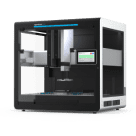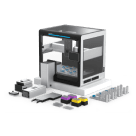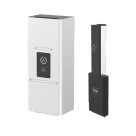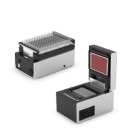Improving Reproducibility in Synthetic Biology
Synthetic biology holds great promise to deliver transformative technologies to the world in the coming years. However, several challenges still remain to be addressed before it can deliver on its promises. One of the most important issues to address is the lack of reproducibility within research of the life sciences. … Read More








